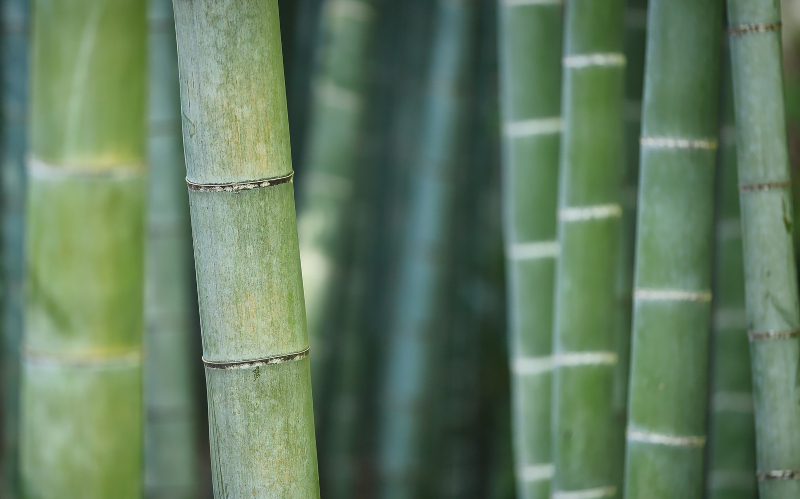
There are over 1,400 known species of bamboo found around the world. Many of these species are native to Asia and East Asia, with a few also native to South America.
Bamboo is widely considered to be very aesthetically valuable, and is cultivated for the unique look it can bring to a garden. However, what many people don’t realise is that bamboo can very quickly go from being a beautiful natural feature to a rapidly-growing menace that overwhelms your garden.
There are two primary varieties of bamboo, running and clumping. Running bamboo types are the most potentially damaging, as their rhizome system can expand as far as 30ft underground, with the potential to reach all the way to your home or across borders onto a neighbouring property!
Similarly to Japanese knotweed, bamboo's extensive growing patterns allow it to push through drains, bricks, patio and paving, even inside of hollow wall cavities.
Although bamboo is more commonly native to Asia and South America, it can be found growing in the wild all over the world, including in the UK.
Is bamboo native to the UK?
Although bamboo can be found growing in several different areas of the UK, the bamboo plant is not native.
Even though bamboo isn't native to the UK, that doesn’t necessarily mean that it is invasive. This can raise the question what exactly is an invasive species?
What is an invasive species?
By definition, an invasive species is "an introduced organism that becomes overpopulated and harms its new environment."
Bamboo is not currently given the title of invasive under the Wildlife and Countryside Act of 1981 (the act that condemns the spreading and/or cultivation of Japanese knotweed), and there are currently no restrictions regarding planting it. In fact, bamboo is commonly sold at many garden centres, with very little to no warnings about the potential dangers that can come with planting bamboo directly into the ground of your garden.
Although not condemned in the same Act as Japanese Knotweed, there are some similarities between the two that make them both harmful introduced species to the British ecosystem.
Both Japanese knotweed and bamboo have rhizomes (a plant stem that sends out roots and shoots) that can survive in the ground long after the plant has been removed. If even the smallest fragment remains, you may see bamboo growing back after it has been removed.
Bamboo encroachment cases are becoming more and more common, with homeowners taking legal action against neighbours who have allowed bamboo to spread and cause damage to their properties.
How to deal with bamboo on your property
If you’ve found yourself with a bamboo infestation on your property, you may benefit from professional bamboo management and removal services like those offered by Total Weed Control.
As mentioned above, bamboo control and removal can be a very difficult task – if not done correctly, bamboo rhizome fragments can easily incubate underground and regrow into a whole new bamboo plant. This is why it is best to enlist the help of professionals.
To find our more about the first-class bamboo management services offered by Total Weed Control, check out the informational page on our website.
Bamboo Management Services
We are also pleased to offer a FREE, no-obligation survey! One of our bamboo professionals will survey your property and issue you with a bespoke report outlining the best treatment plan for you, as well as a no-nonsense quote as to how much you might expect to pay.
Free Survey
Read More: Is Bamboo as Bad as Japanese Knotweed?
